The elephant in the room. Plastic Packaging. The Journey so far.
In the beginning;
Difficult to know where to start with this one. Admittedly when we first started to investigate a transition into sustainable packaging, I believed it would be a relatively simple exercise. There was one stand out choice that I believed was the way forward and proudly shouted it at everyone that would listen. The problem is, and it seems clearer each day, there is no magic bullet for our packaging solution. There is no clear path to an industry standard that makes total sense. In fact, there is so much grey space that the more we proceed the harder it has become to draw our green line in the sand. The objective of our journey so far has been to find a way forward with our packaging that is both sustainable and ethical.
What are the options?
Of the packaging terms that we hear each day, there are some you can cross off straight away. Degradable and oxo-degradable, are both a form of green washing that put simply, are more of a concern than their names suggest. Both are comprised of a chemical structure that literally dissolves regular petroleum-based plastics into micro particles that then have the ability to enter the food chain. Nope, not for us.
Then there is recycling. This is a model that I believe has the potential to be a real main stream solution if countries and companies can band together and regulate a blanket process that fits across all geographies. Currently recycling is so inconsistent, that where one location will recycle a certain material, others won’t and vice versa. This I believe, has led to a lack of trust from the consumer that the recycling industry has environmental benefit at its core. And let’s be frank, it needs to if it is to become a real solution. Not to mention that recently there were some really ugly truths unearthed about what was happening at end of life for these supposedly recycled products. Fortunately, more and more companies with a strong set of core values (thanks to you guys), are standing up and demanding high standards of ethical, closed loop solutions. The soft plastic recycling scheme is a good start, but we’ve still got a long road to travel. Recently, this scheme has been restarted and many more locations have been set up with the scheme’s bins to try and curb the flow towards reusable investments.
Tom & Luke currently have plastic tubs made from polypropylene (pp), which is number 5 in the recycling guide. PP is a highly recyclable plastic and was nationally accepted at kerbside recycling, but recently some local body councils stopped taking it. There are companies in NZ that can recycle number 5 pp within mixed plastic recycling. They are working towards being able to isolate pp in the recycling stream using an automated sorting process, so that the price per tonne makes it effectively a commodity for recyclers. For most recyclers, these plastics are only worth something when they have been cleaned and sorted so they can be safely put to use without contamination from other plastics. Most smaller local recycling facilities don’t have the ability to deal with the amounts of plastics coming in because they still have a manual sorting process, which is slow and time consuming. The larger plants with more automated structures like VISY Recycling in Auckland can deal with more load. This is why you will notice that main centres still have the ability to recycle more plastic varieties, and the smaller localities have stopped.
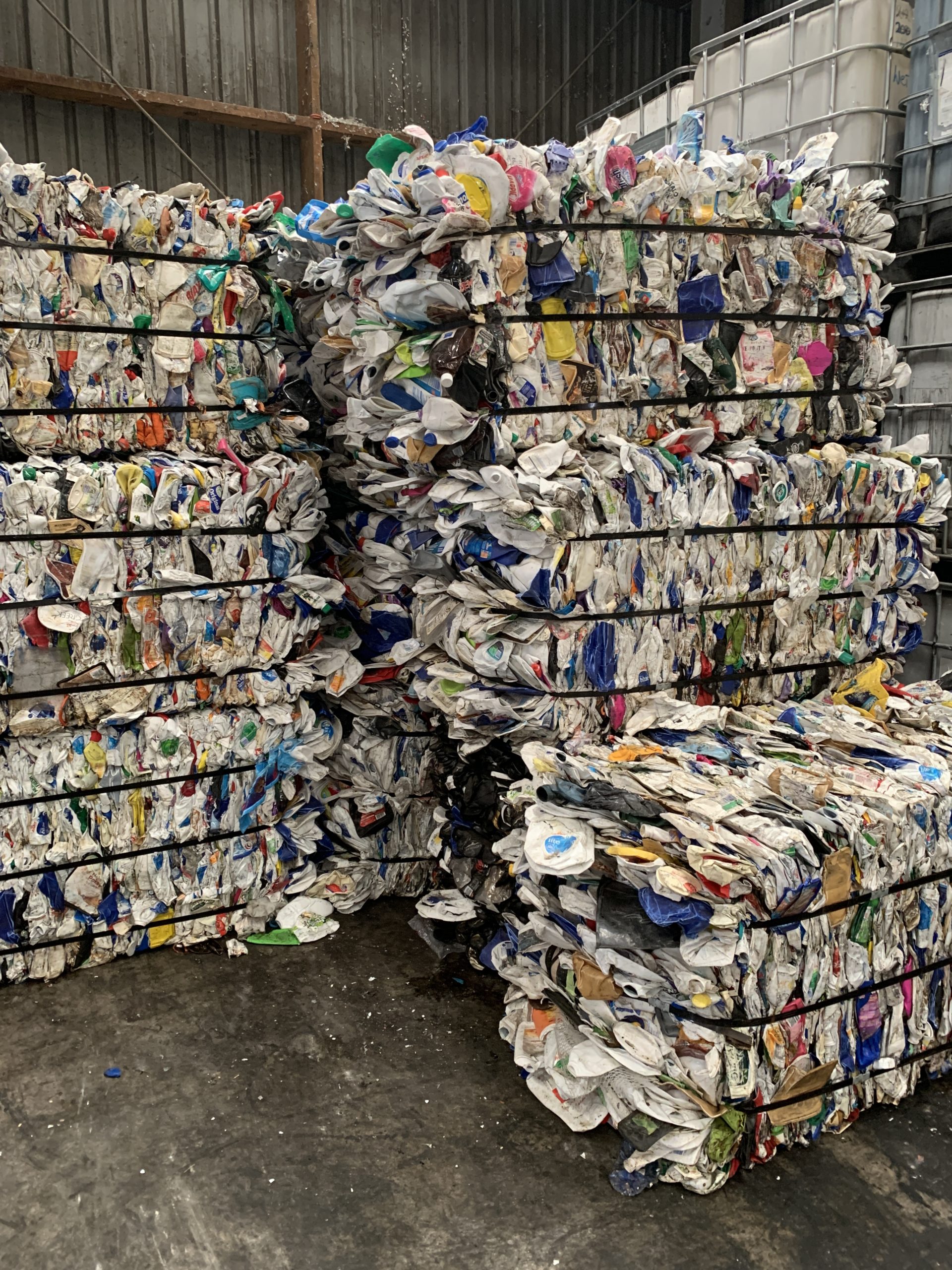

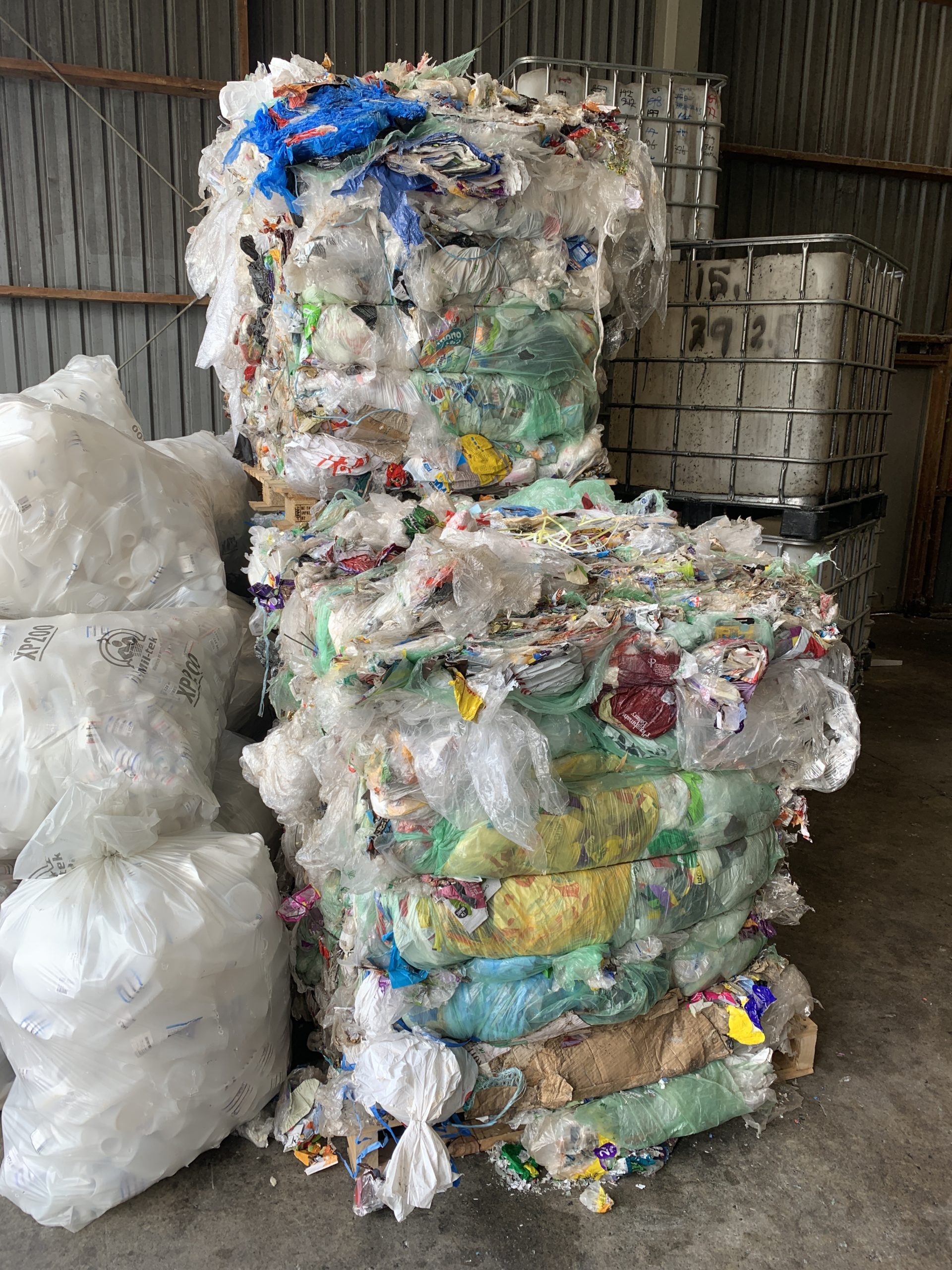
I’d love to sit all the local body councils down in a room and come up with a blanket reform to tackle this problem. How hard is it to transport all number 5 plastics to the main centres for recycling? Do we need to have recycling centres that specialise in one form of plastic each? For instance, Auckland becomes the main recycler of #5, Wellington #1 Christchurch #2 etc. Just getting ideas on the table in front of the right people might start the conversations needed to get some collective direction.
I’ve recently joined some meetings with the New Zealand Food and Grocery Council (FGC) Sustainability Committee. One of the meetings involved a visit to VISY Recycling centre in Auckland to see the sorting process and understand where the bottlenecks in the system are. Cost to automate seems to be a big barrier, as this is the only way to efficiently deal with the amounts of materials they are facing.
Compostable, in both its home and industrial forms to me made a lot of sense. Provided the standards are set high. At its base level, compostable packaging is made from a mixture of cellulose derived from, among others, sustainably sourced wood, corn or sugar cane. And when returned to the correct environment (warm, moist, bacteria rich soil), will break down without contamination. This is one of the stand out options, but it’s still not clear cut. From leaders in the industrial composting field I have learnt that the compostable packaging that is suitable for our product won’t be accepted at industrial composting facilities because, as it breaks down, it releases Co2 and methane rather than nitrogen which is key for quality compost. Instead it would end up in landfill. The question I am then grappling with is, what does that mean for the environment? Is a package that is made from natural sustainable resources that will over time break down into co2, methane and biomass in landfill, as bad as traditional plastic in landfill? Add to this that not every consumer has the ability to have a fully-fledged composting system in their home, and we still can’t guarantee that 100% of the ingredients used are actually safe for the soil.
The landfill process is also much more in-depth that just throwing things in a hole. I’m booked to visit a landfill soon to discover the true cost of inappropriately disposed packaging and its effects on emissions from landfill.
It’s great to have a home compostable solution but what percentage of our packaging will actually be composted at home? It’s the packaging that is inappropriately disposed of that I’m worried about. Add to this the relative newness of this form of packaging which makes it difficult to determine what real long-term impacts there are, coupled with no national certification process to monitor what forms of this type of packaging are allowed to be called compostable, and no real solution to a nationwide collection service on the horizon. See where I’m going with this? Every solution has a significant down side. There is deep discussion going on right now about how we can resolve these issues. For Tom & Luke it looks like we will take a stepped approach towards the best outcome.
I’ve become a member of a subcommittee for the FCG Sustainability Committee in order to help facilitate a national standard for compostable packaging. I feel that if we don’t adopt a standard soon, then anyone can produce a “compostable” material and claim the benefits without actually having to conform to a NZ standard. In saying that, there are some manufacturers in NZ that are producing fantastic compostable products that are certified to an international standard. It seems though that there are key links in the chain missing from the compostable packaging loop, that need closing before it becomes a viable option
Where to for us?
The rub for us is deciding which of these avenues to pursue. What, in the long run will have the least impact on the environment and be sustainable. Ethically, and at a business level.
Hand on heart, I want to dive straight in as fast as we can, but I don’t want to turn around a year from now and find out that we’ve made matters worse. Education and information are key to this decision which is why Tom & Luke has made the decision to audit these options ourselves. We are visiting everyone we can in the industry to make as informed a choice as possible. It feels right to know that whatever choice we make, it will not be a knee jerk reaction to a situation as critical as this.
The stepped approach that I mentioned earlier for us will start with the ability to recycle our tubs at recycling centres in as many localities as possible, and our commitment to the soft plastic recycling scheme in order to close the loop on our current packaging. Our 70g bags, as well as our zip lock bags, can be recycled using this scheme at these locations. Once the ability to process these plastics increases, more and more locations will become available to consumers. A lot of this plastic is diverted to among others, Future Post, who create recycled plastic fence posts for the agricultural industry. I’ve recently visited Future Post to get a better insight into what these guys are doing and it’s pretty impressive. New Zealand needs to take notice of what Jerome and his team are creating at Future Post, because it has the ability to turn our literal “waste” into a product that has so many applications over and above fencing. Have a look at some info and shots from my visit here. This is really exciting to see that what used to be unusable, with tech and a bit of Kiwi ingenuity is producing some fantastic products.
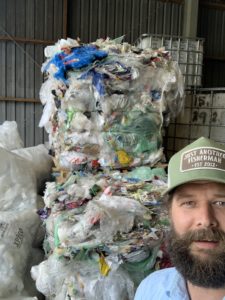
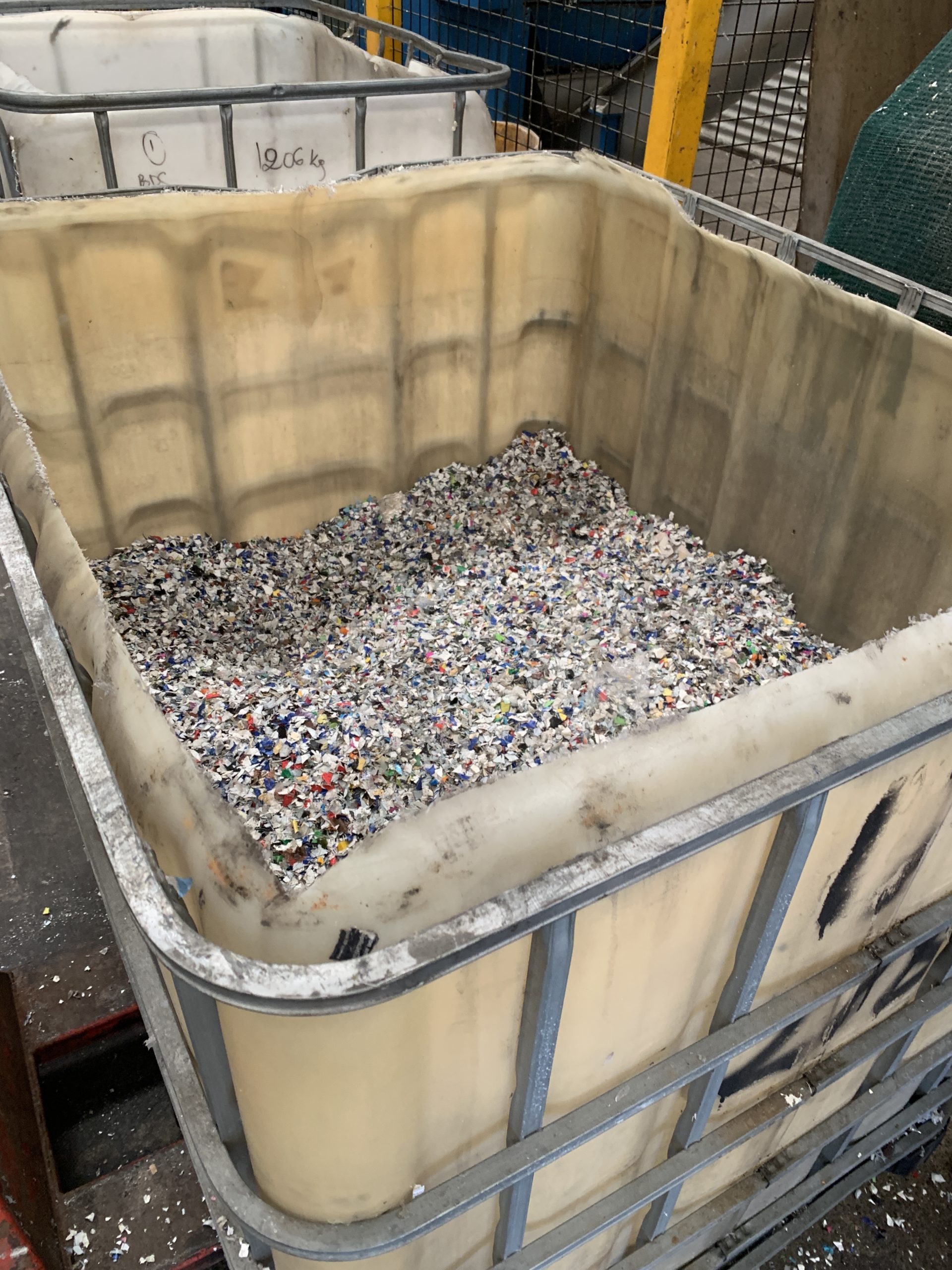
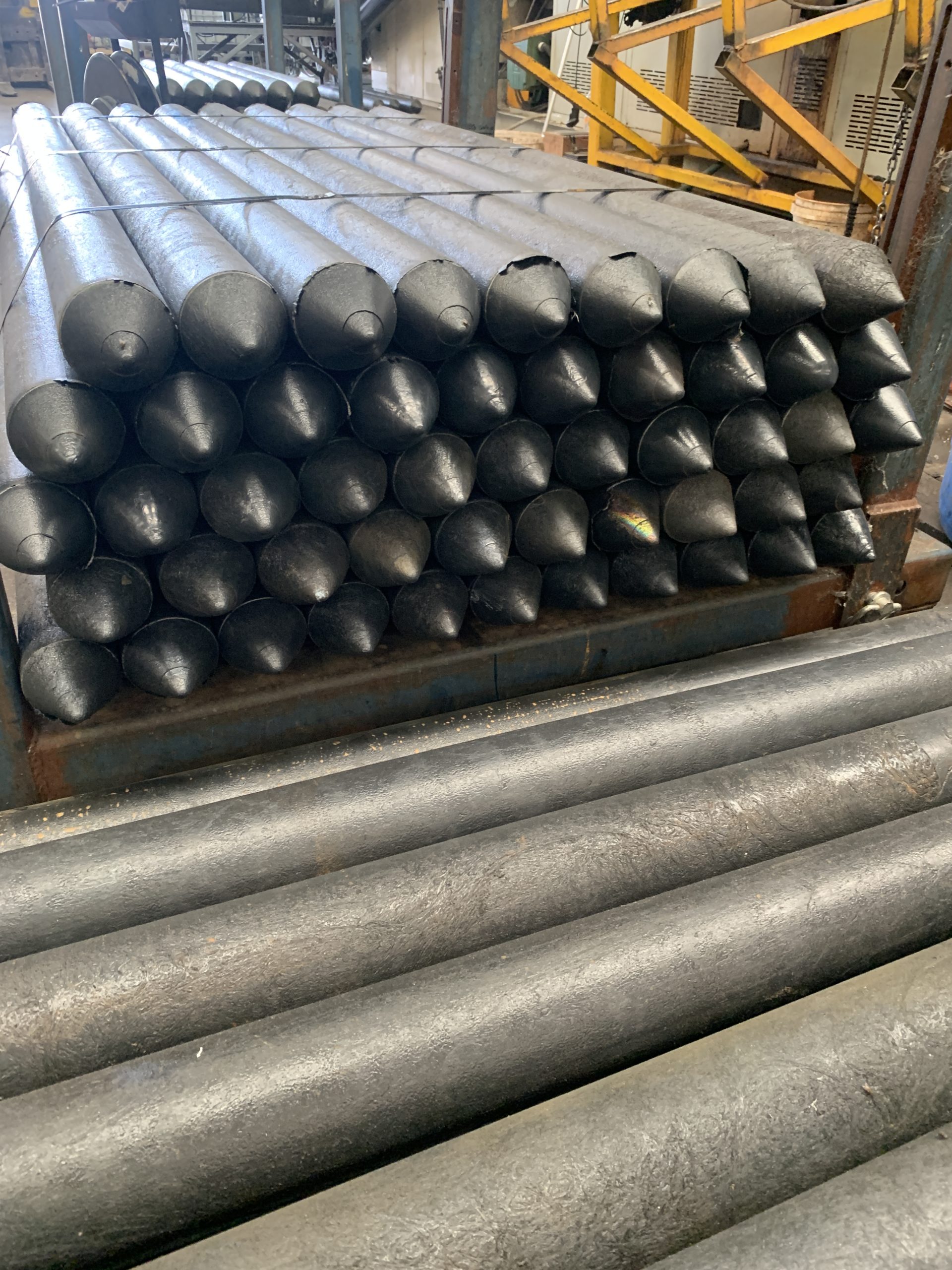
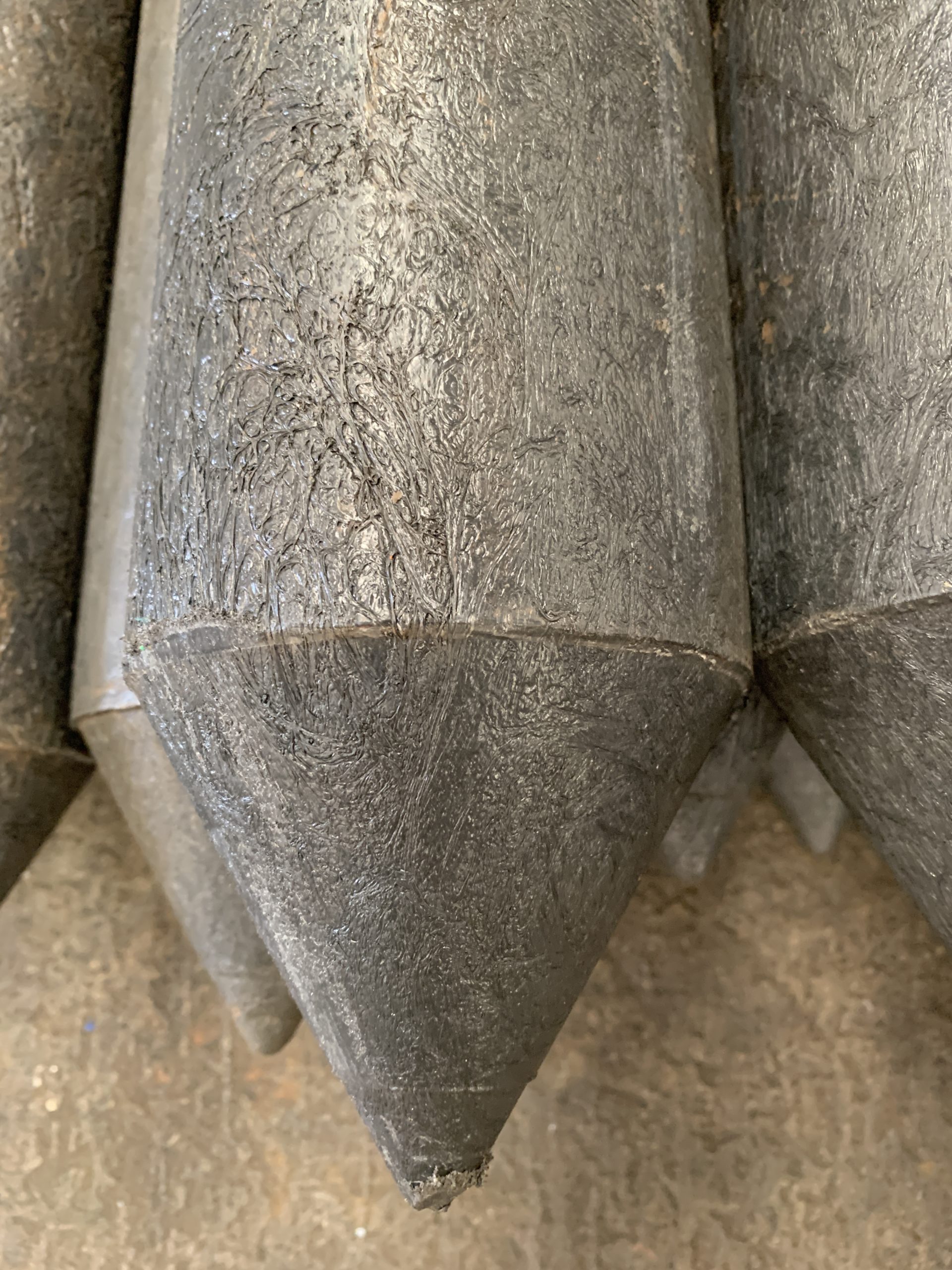
Next step will be to help create a national standard for both home and industrial composting with my colleagues in the FCG Compostable packaging subcommittee.
I’m really excited to be involved with this at a level that can make real changes to regulations that will have real benefit, so as a country, we will know that our compostable bags and containers etc are breaking down efficiently and without contamination.
I want to make it crystal clear that we as a company, and Tom and I personally are dedicated to finding the best solution. While delivering on our core values of, making a difference, wellbeing, inspiration and adventure. Our journey so far has been eye opening to say the least and it’s amazing to be able to share this with you all so hopefully you can see that although it’s not as easy as it first seemed, we are staying the course. Right now, Tom and Luke’s commitment to this planet is to be as proactive as we can. Finding a solution for us as a company, and making the choices you guys have in front of you at the store, easier.
Nga Mihi